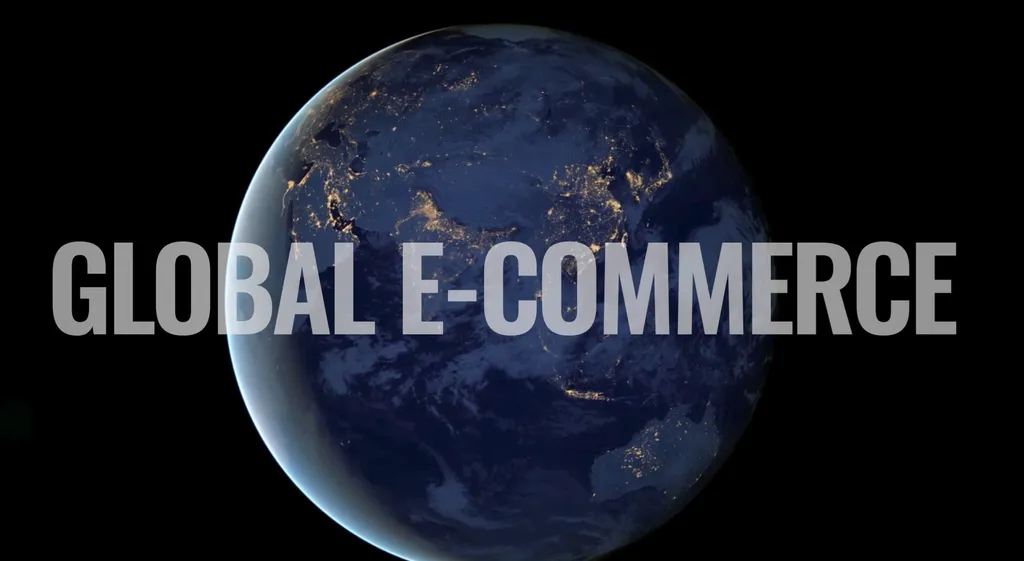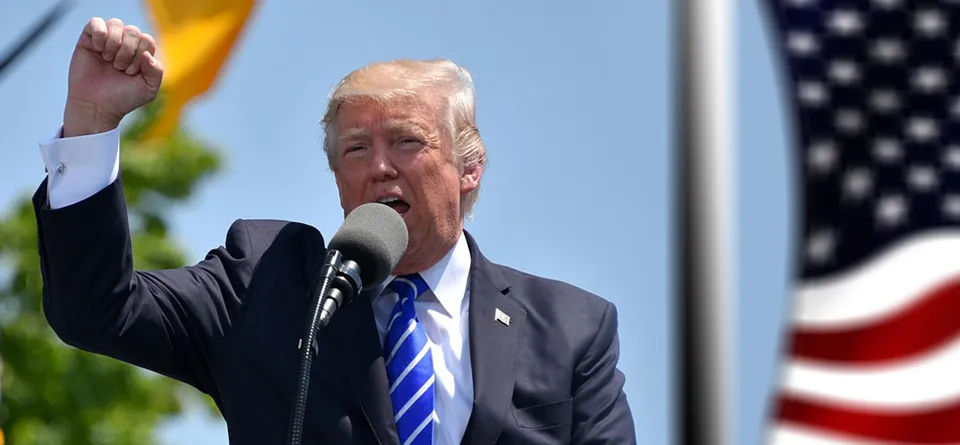In spite of heightened geopolitical uncertainty, cross-border e-commerce is booming. As consumer demands have adapted to the Covid-19 pandemic, global e-commerce has seen decades worth of growth in just a few years, and while China and the US still have the lion’s share of e-commerce, the majority of this recent growth has come from the likes of South America and India. It’s no wonder then that, in a recent report from the Bank of England, it was estimated that the value of cross-border payments will nearly double between 2017 and 2027, reaching $250 trillion.
To take advantage of these opportunities in an incredibly competitive global marketplace, e-commerce startups are having to quickly scale their platforms and operations into new countries and markets. For example, Shopify, the global commerce platform, grew revenues in less than ten years from $23.7 million to $4.6bn in 2021, expanding their merchant base to over 175 countries. “With such a focus on merchant growth, there needs to be early, deliberate and consistent investment in technology and business partners, particularly in treasury, to lay the foundation on which a global offering can be built” says Matt Martin, senior treasury manager at Shopify.
Rapidly growing technology companies, like Shopify, are often valued and rewarded on revenue growth. The cost and risk of foreign exchange (FX) has a great impact on revenue and becomes more important as cross-border commerce is more broadly demanded by consumers and accepted by merchants. The impact on revenue is direct, through lengthy and complex cross-border transactions and FX margins. Understanding FX volatility, global headwinds, and strategic FX hedging choices about whether and how long to hold local currencies can have even more impact, as a company grows.
This cost and complexity has led to significant innovation and disruption in treasury systems, as well as cross-border and real-time payment solutions from governments and the financial technology sector. The key point is that without planning there is a risk of growing disconnect between front-end system architecture and supporting treasury technology. Nimble systems are needed to support customer and revenue growth, and while innovation is reducing costs and simplifying user journeys, the complexity of choice and the challenge of integrating payment infrastructure is increasing.
Global and omnichannel, but a local experience
Transacting in multiple countries, currencies, and therefore multiple payment technologies expands the complexity of omnichannel system development. To prioritise customer experience increasingly means adapting user journeys across web, mobile, and social media to meet local expectations in each country. For payments, that means connecting multiple technologies to a system that can adapt to local needs while ensuring scalability. In order to create a frictionless payment, this could require several things, from access to high and low value payments and cost-effective cross-currency payment rails, to permissive local regulations and specific beneficiary information or documentation in some emerging markets.
According to Brian Bonds, treasury executive for technology, media, and telecoms at Bank of America: “This cultural aspect to payments cannot be underestimated and requires a deep understanding of local markets, yet the reality is that many e-commerce firms are based in booming technology hotspots like San Francisco, London or Berlin and so inevitably have a European or US centric view of payment culture.”
In Brazil, for instance, the Bileto Bancario, which is a voucher-based, bank invoice process, accounts for up to 30% of e-commerce transactions. “So, when moving into new markets, the challenge is who is doing this due diligence and connecting it all together into a cohesive payment infrastructure,” adds Bonds.
At the heart of this challenge is the strategic choice of payment providers, and the role of treasurers in high-growth technology companies, to bridge the gap between front-end systems and legacy banking technology. The reality is that no single provider will be best in every location and so a balance of banks and fintechs is inevitable.
A core bank with open technology that fosters connectivity, and a commitment to a pace of technology investment that will bridge the gap with front-end systems is key. So too is the balance of local knowledge and global reach. This ensures the most informed decision about using local payment providers or cross-border payments, in the most cost-effective way.
Connecting the pieces with a global payment provider, such as Bank of America, also gives the ability to net overall FX exposures, reducing payment costs, and ensuring otherwise trapped cash from all over the globe can be aggregated and made available where necessary at any time of day.
Innovative payments are driving customer experience
With the rise of payment innovation and disruption, payment technology is no longer tactical. It has become integral to the design of the customer experience. In essence, technology disruptors are being disrupted by payment technology. Buy-now-pay-later providers are meeting new customer needs and creating a frictionless checkout process. Governments around the globe are also investing in real-time payment technology that services much of the demand for payment immediacy for gig economies.
Given these technologies present an opportunity for strategic advantage, they need to be considered early in the design of e-commerce platforms. However, an organic or solely front-end focused system build can result in a fragmented back-end infrastructure “built on sand”.
With such a focus on merchant growth, there needs to be early, deliberate and consistent investment in technology and business partners, particularly in treasury, to lay the foundation on which a global offering can be built
Matt Martin, senior treasury manager at Shopify
The foundational systems of a treasury department are less flexible than front-end systems and therefore require more planning, and need to be tied into enterprise resource planning and e-commerce systems. The goal is to build a foundation architecture that is secure, flexible, and open, and that translates into payment corridors and rails that customers in each country expect. Particularly with real-time payments, the capability needs to be ready as more countries develop systems in the near future, as does the real-time security that needs to come with real-time payments.
In some cases, the challenge of planning for payment infrastructure in e-commerce comes down to organisational structure. Often the financial or development teams that deal with payments are separate from the treasury teams, who are solely focused on managing corporate cash. Planning for payment technology and connecting treasury and development teams early in the process can mitigate later costs for reconfiguring front-end designs and limiting customer experience.
A playbook for global success
Beyond the next pandemic or geopolitical upheaval, seamless and cost-effective access to global payment rails that ensure a local experience are critical to e-commerce success. So too is the data and system integration to strategically manage global cash positions and FX risk. These technologies and local insights are not add-ons; they are part of a playbook for success that needs to be part of the foundation of an e-commerce platform.





